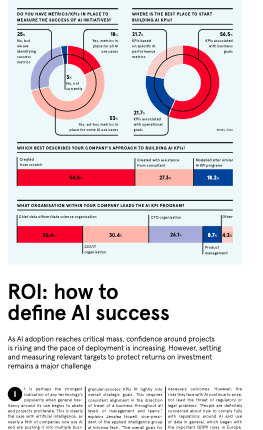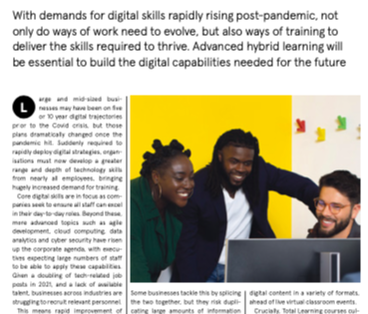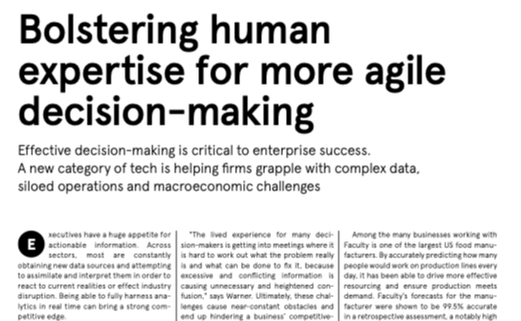|
To thrive in a world where authentic brand experiences matter, brands should draw inspiration from the strategies of emerging competitors.
The demand for consistent, reliable insights in-house has brought about a new role – the machine learning operations (MLOps) analyst. In this Q&A we learn about this role and what it can mean for companies and data science teams.
Machine learning operations (MLOps) analysts have burst onto the scene as demand has grown among businesses for consistent, reliable insights in-house. We speak to Monika Rzepecka, MLOps analyst at the market, consumer, and brand intelligence agency, GfK, to hear what the role involves and what it delivers, strategically. GfK’s Claire Blythe was recently named Role Model of the Year at Computing’s Women in Tech Excellence awards. Here, she opens up about her success in tech leadership, how women can advance their careers in the field, and what excites her about the future.
A new category of system is helping execs grapple with complex data, siloed operations and macroeconomic challenges.
With burgeoning cloud and hybrid IT complexity, driven by constant innovation, executives warn of the near impossibility of providing reliable systems and security. Introducing smart observability can enable businesses to better understand and swiftly remedy emerging technology problems before lasting damage is done.
Recently ranked as one of the Top 100 Women in Technology by Gigabit magazine, Jacqueline Teo has a wealth of experience shaping digital transformations.
To keep disparate teams motivated, she notes, business leaders are increasingly expected to demonstrate authenticity and awareness around issues from fairness and inclusion, to environmental responsibility and social justice. British companies are among the most likely to blame ill fitting tools for cyber attacks. Intelligent technology is increasingly being used to bolster cyber defences, but companies are unsure which tools to select and how to implement them.
Levels of reliance on technology have been rising consistently in a mobile-first world and as people’s homes fill with internet-connected devices, a trend accelerated by the Covid-19 pandemic. Downtime causes significant annoyance and is ever more common as systems fail to integrate.
|
Recent portfolioA selection of articles, reports and other content. Archives
February 2024
Categories
All
|







 RSS Feed
RSS Feed
